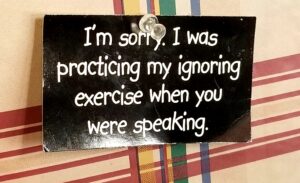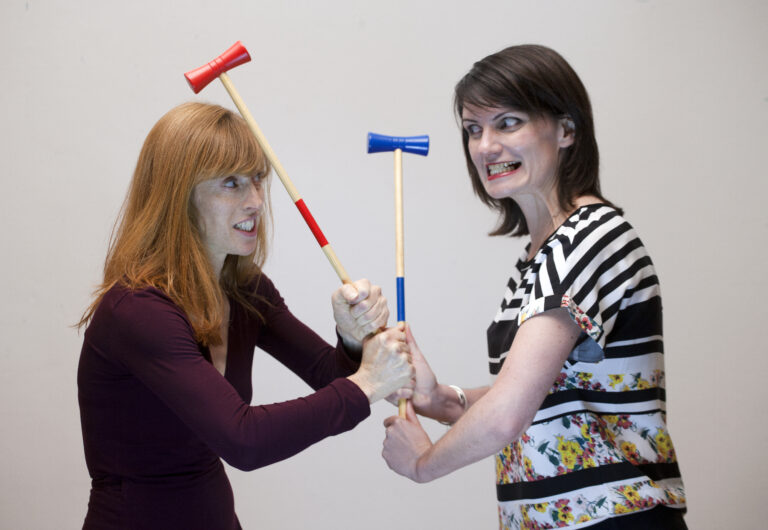
10 Steps to Resolving Conflict in the Workplace
If you can take charge of a situation with the aim of resolution, then conflict is indeed something to be relished and not avoided.
Resolving Conflict in the Workplace
If you can take charge of a situation with the aim of resolution, then conflict is indeed something to be relished and not avoided.
The more you practise, the better you will get at it.
Here are ten steps to help you become a master at Conflict Resolution.
10 Steps to Resolving Conflict in the Workplace
- 1. Deal With Things as They Arise
- 2. Have a Reality Check
- 3. Avoid Getting Bogged Down in Blame
- 4. Seek Friends, Not Allies
- 5. Take the Initiative
- 6. Choose a Neutral Space
- 7. Find Something on Which You Can Agree
- 8. Change Your Perspective
- 9. Listen to Understand
- 10. Be Clear About the Outcome
1. Deal With Things as They Arise
This seems so obvious, but I am staggered by the number of times people wait and wait to do something.
And then when the good moment has passed the other person either doesn’t remember the situation and/or festering has begun.
Also if you deal with things as they arise it means that you have to give up the fantasy that somehow the conflict will get fixed all by itself, without human intervention.

2. Have a Reality Check
Be sure you are really clear about what the conflict actually is about. Sometimes it can be as simple as misunderstanding what the other person has said, or it can be far more complex and involve other people. The clearer you are about what’s really going on, the quicker the conflict can be resolved.
3. Avoid Getting Bogged Down in Blame
Create dialogue and let the other person know the impact their behaviour has on you or the team or the company, rather than tell them what they’ve done wrong. Blaming perpetuates conflict, it doesn’t resolve it.
4. Seek Friends, Not Allies

Allies are people who ‘side’ with you.
Gossiping about your conflict only fuels your negative feelings and keeps alive disagreements and tensions.
It doesn’t ever resolve the conflict.
What you need is neutral advice from a trusted friend. This person could also be an objective mediator if you feel you need one.
5. Take the Initiative
Resolving conflict in the workplace requires you to make the first move. Waiting for the other person to make the first move means you could wait a very long time. By being the first to break the impasse, you show your willingness to bring an end to the situation.
6. Choose a Neutral Space
Generally, meetings to do with conflict happen within work premises. We think it’s a much better idea to go somewhere away from the office, or at least a place where you’re on an equal playing field. Going for a cup of coffee often breaks the tension and makes it easier to talk.
7. Find Something on Which You Can Agree
This can be hard, especially if you (and the other person) still want to make each other wrong. Bridge-building begins when you have some common ground to begin with, however small. This also helps you establish that you aren’t the enemy.
8. Change Your Perspective
Discord often arises because people have conflicting points of view.
A great skill is to be able to see a situation from the other person’s point of view and acknowledge where they are coming from. Everyone likes to be recognised rather than have their opinions dismissed out of hand. Giving credit where credit is due can go a long way to finding common ground.
9. Listen to Understand
Too often, most of us listen in order to bat back our own point of view. When you listen to understand, you are then more able to change your perspective. This also means allowing the other person to vent their own grievances. Acknowledging their strong feelings doesn’t mean you have to agree with them.
10. Be Clear About the Outcome You Want
This probably should be number one, but I’ve put it here because you usually have to go through all those steps to be in a place where you know what outcome you’d like to happen. In addition, this means that the two of you can get specific about what would make the relationship work better.
Resolving Conflict in the Workplace
Impact Factory runs
Open Conflict Management Courses
Tailored Conflict Management Training
and personalised
One-to-One Conflict Management Coaching
for anyone who wants to improve the way they
Handle Conflict




